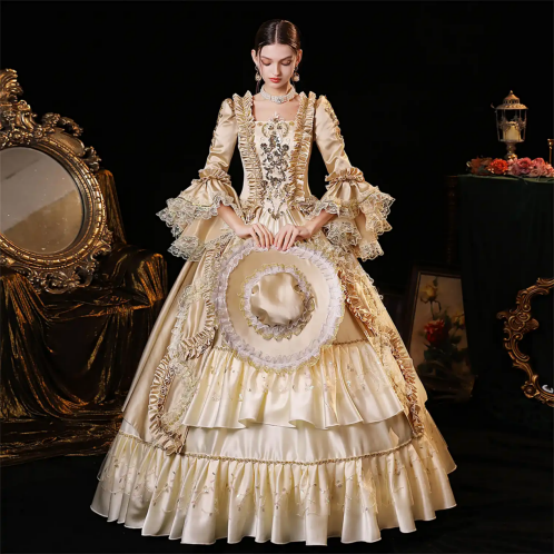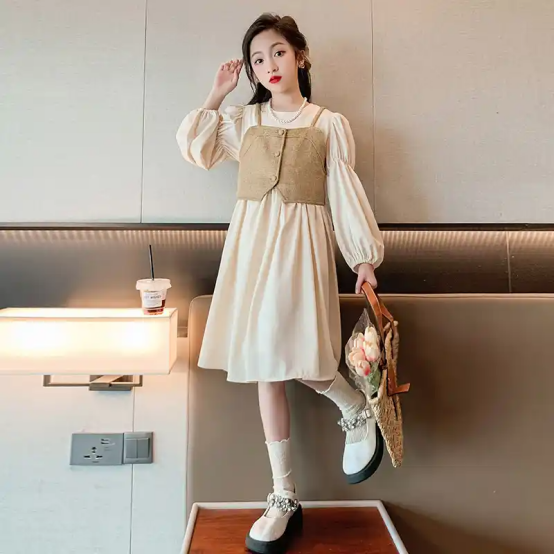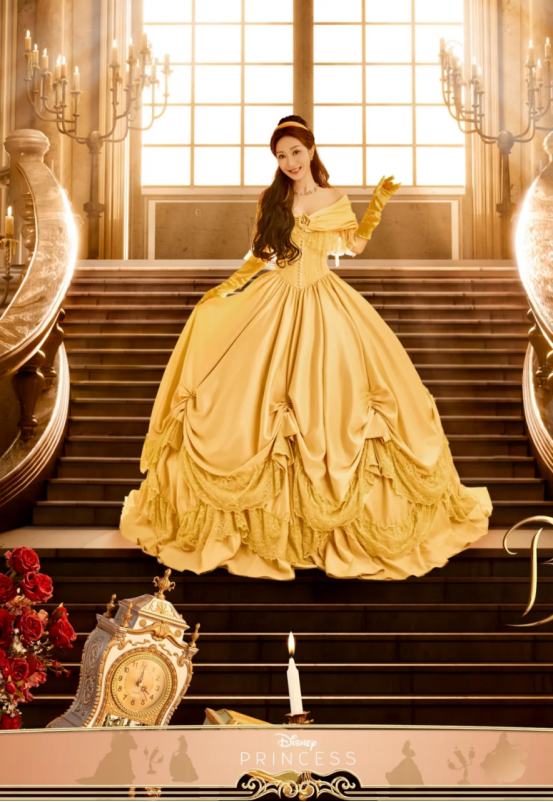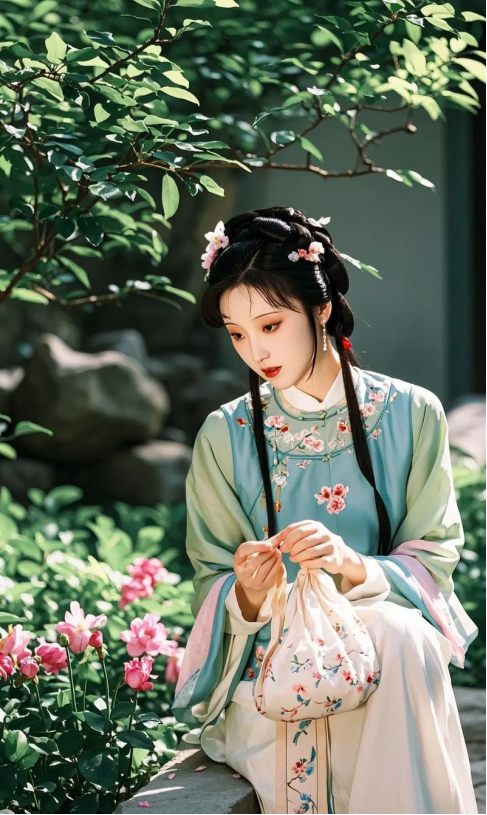Every girl harbors a dream since childhood,some wish for Barbie dolls, others for magnificent castles, while many aspire to become princesses from fairy tales, donning their own princess attire. This dream resonates widely because princess attire is far more than ordinary clothing. It holds a unique status and charm within fairy tales, serving as the standard garb for princesses. Slipping into such attire instantly transforms one into a princess.
Princess attire represents the epitome of fashionable clothing
The evolution of princess attire has been shaped by cultural shifts across different eras. Its distinctive style preserves humanity’s pursuit of social status and beauty, adapting over time to become a globally accepted trend. Today, princess attire is no longer confined to young girls’ fantasies but has also become a coveted choice for adult women.

Classic European Princess Style
The earliest form of princess attire emerged in medieval Europe, with French courts adopting silk and velvet for luxurious garments. During the Renaissance, corseted bodices and voluminous skirts turned women into “walking works of art.” In the 19th-century Victorian era, metal-framed crinolines created exaggerated skirts, transcending practicality as the middle class emulated aristocratic lifestyles.
Disney Princess Aesthetic
In the 20th century, Disney animations broke geographical and traditional boundaries through film, visualizing fairy tales. Iconic looks like Cinderella’s blue ballgown and Ariel’s shell top established early princess archetypes. Modern princess attire focuses on fantasy, contrasting poofy skirts with cinched waists for dramatic effect. Delicate details like lace, embroidery, and pearls enhance elegance. Lightweight fabrics such as tulle create ethereal, floating silhouettes, while iridescent materials under lights amplify romance. Coordinated accessories — tiaras, glittering necklaces, gloves, and shoes — complete the fairy-tale-ready ensemble.

Contemporary Princess Attire
Today’s princess attire embraces inclusivity, moving beyond mere imitation. Its design and symbolism evolve through cultural fusion. Lolita fashion merges princess elements with punk and gothic aesthetics, while chiffon dresses replace rigid crinolines. Neo-Chinese styles blend cheongsam collars with organza, and kimono-inspired wide belts echo traditional motifs, preserving history while exuding avant-garde flair. Designers incorporate trendy elements like fringes, sequins, and bows, adding modern whimsy to princess attire.
Princess attire now caters to diverse groups: sweet-loving teens, formal office workers, and more. Adjusted cuts and details ensure flattering fits for all body types. Building on classical elegance, contemporary designs infuse princess attire with modern trends – even puff-sleeve blazers appear in professional settings. Long freed from fairy-tale constraints, princess attire celebrates versatility and self-expression.







